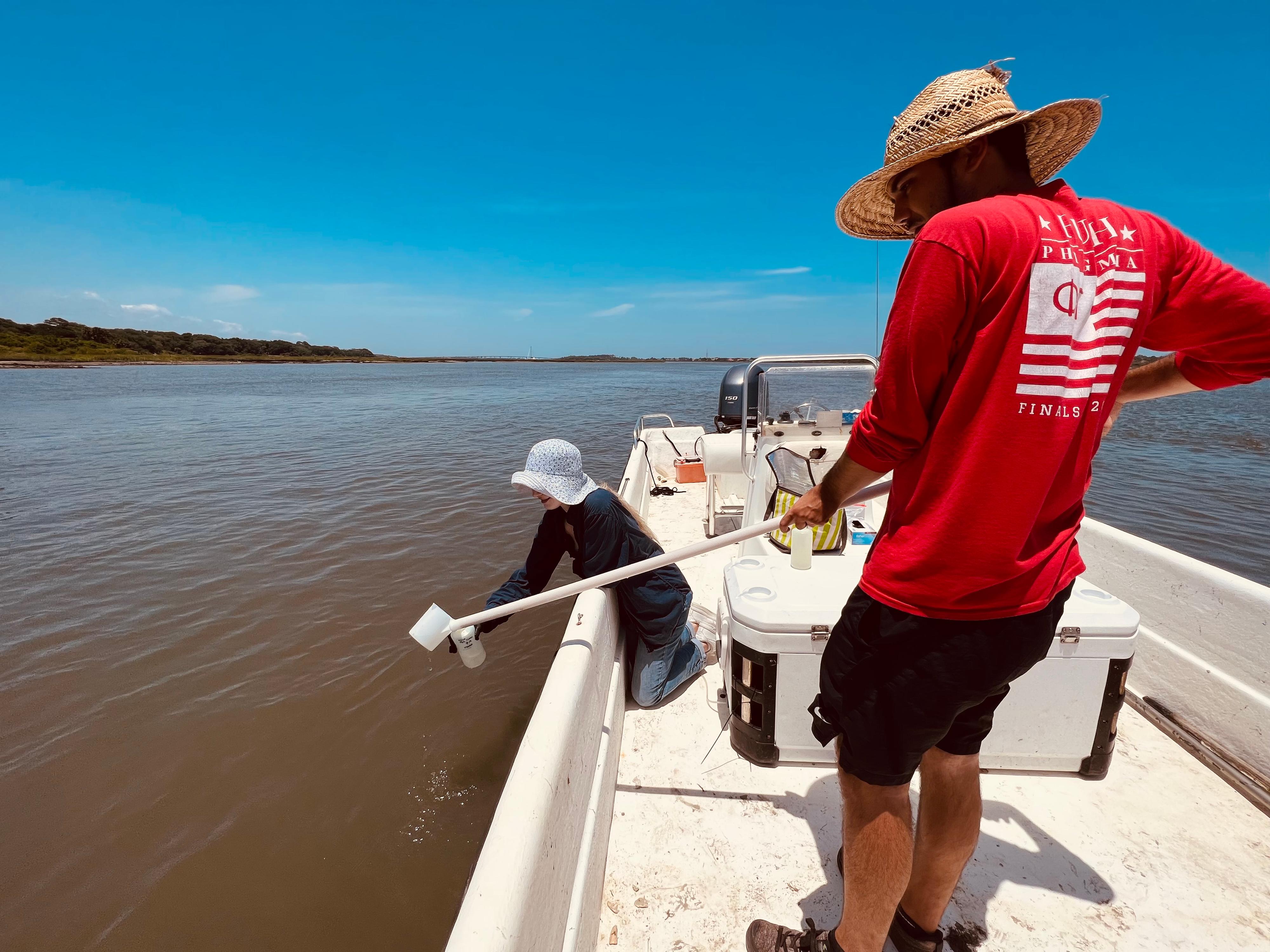News release
From:
Genetics: Identifiable human DNA found in environmental samples (N&V) *PRESS BRIEFING* *IMAGES*
Identifiable human genetic material may be inadvertently captured when sampling environmental DNA (eDNA), a study published in Nature Ecology & Evolution suggests. The findings raise possible ethical and privacy concerns around eDNA capture.
Sampling eDNA is a common technique that captures genetic information from free-floating tissue fragments and biological material that are distributed throughout a given terrestrial or aquatic ecosystem. These samples can be used to monitor wild populations and invasive species, reconstruct past environments and screen wastewater samples for human pathogens such as SARS-CoV-2.
David Duffy, Liam Whitmore and colleagues suggest that an unintended consequence of eDNA sequencing may be the collection of human genomic information, which they term ‘human genetic bycatch’ (HGB). They analysed samples taken as part of their wildlife and pathogen eDNA projects and identified human genetic material in the samples. To quantify the level of HGB, the authors conducted analyses on additional samples, for which they obtained ethics approval for the use of human subjects. They used samples from different environmental water samples from sites that were distant from and close to human habitation, from human footprints in beach sand, and from the air of occupied and unoccupied rooms. The authors identified HGB in all of the field eDNA samples. They note that depending on the method of capture, some of the samples were of sufficiently high quality to enable determinations of identity such as ancestry and disease susceptibility.
The authors argue that the possibility of HGB raises ethical and privacy concerns for eDNA research, which has not necessarily been subject to the strict scrutiny faced by other forms of research that collect identifiable information about individual humans. These concerns, along with potential applications of the findings, are discussed in an accompanying News & Views from Natalie Ram, who notes “[n]ew tools for collecting, analysing and using genetic data demand careful ethical and legal reflection about how these tools may be used — and misused — and how risks of misuse may be minimized. Whitmore et al have demonstrated what is possible; the time for thoughtful response is now.”
**Please note that an online press briefing for the paper below will take place UNDER STRICT EMBARGO on Thursday 11th May at 4 pm London time (BST) / 11 am US Eastern Time**
Authors David Duffy, Mark McCauley and Jessica Farrell will discuss the research. This will be followed by a Q&A session.
Multimedia







 International
International



